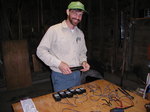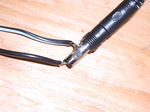These pictures are from the afternoon of July 5th. We were taking pictures for fluctuating asymmetry to be analyzed later to see how ray floret shape affects pollination. that afternoon we saw a cloud that bore a strange resemblance to the wu-tang clan symbol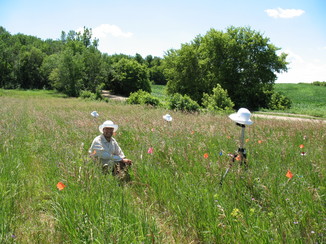
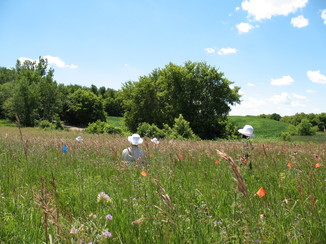
The cameras were over-heating filming under the hot sun all day: so Andy bought hats for all of them to wear.
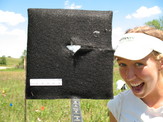
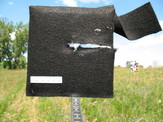
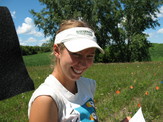
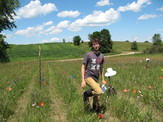
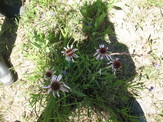

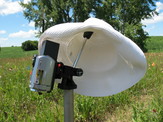

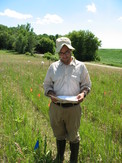

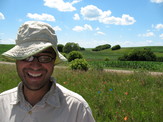

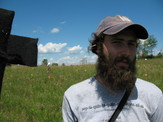

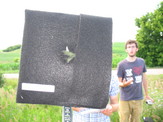

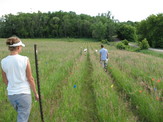
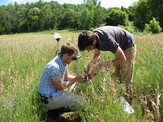
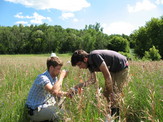
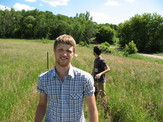
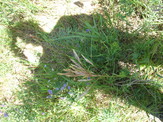
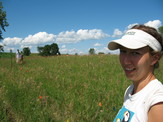

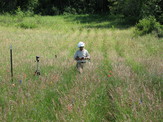

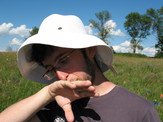
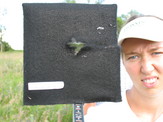
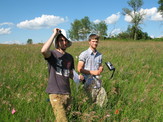
|
||||
|
Here are my daily photos KAP took the kite w/ camera up over the common garden today so they could fine tune the procedure and technique for getting good aerial photos. I took these photos as I was helping put staples in the garden and change camera batteries these pictures are from monitoring/measuring/demography/demo of the common garden. Basically it means finding each and every plant in the common garden and measuring and recording every aspect of them I took some cool pictures of Echinacea inflorescences and pollinators and other insects so i’m going to put some links to them here |
||||
|
© 2024 The Echinacea Project - All Rights Reserved - Log in Powered by WordPress & Atahualpa |
||||


